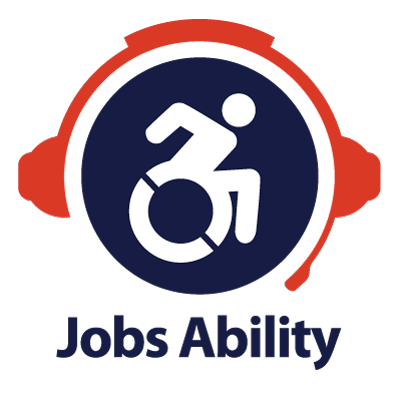Press Release – American Foundation for the Blind
March 31, 2014Power of Positive People – Bill Schultz
April 15, 2014Last week, I was invited to Direct Employers #DEAM14 national conference in Washington DC. I was invited to be the keynote speaker at the end of their three-day conference. Most of the conference was dedicated towards Section 503 – how federal contractors need to include recruiting people with disabilities and create an open employment environment for those to disclose their different-ability in 2014 and beyond.
As I was preparing for my talk I had the opportunity to sit in two plenary sessions. I find myself watching other people. I am amazed at how having a positive attitude – or maybe more appropriately – exhibiting a positive outlook such as a smile, handshake or being open to the ideas of others can increase your business opportunities. I noticed that those people who were engaged in the topic, smiling and discussing options with each other, were the ones that exchanged more business cards and created more connectivity for themselves.
This concept is especially important for people with disabilities seeking employment. In mentoring, I discuss with people with disabilities as well as corporations the importance of positive outlook. An individual without a chip on his shoulder, but with a smile on her face will have more opportunity for success. As a person with a disability you may feel like you have two strikes against yourself looking for an opportunity to land the perfect job, but with a positive outlook about oneself or about the potential job/career you will have a better path toward success.
I’ve spent the better part of the past six years creating a mentor network for people with disabilities. One commonality amongst all of us is our positive outlook. Positive about ourselves as well as those around us.
In the next few years, our services will grow. Our mission with Our Ability will continue. We will connect with and mentor people with disabilities. We will work with companies in helping them facilitate a positive dialogue around ability. We see our role expanding as consultants being able to facilitate one-on-one mentor, small group coaching or large organizational change. We believe our positive outlook as people with disabilities benefits large corporations in changing their interpersonal dynamics to create a better workplace solution.
It all starts with a smile, handshake and interest in the other individual.
